03
Concentration Measurement
The need for precise quantification of sample concentrations before and after library construction is often limited by the principle of detection and the lower limit of detection, and micro-spectrophotometers are often unable to meet the needs of such samples. Fluorometer with corresponding detection dyes can specifically determine the concentration of the test substance, with the minimum detection concentration of 0.1 pg/μL (dsDNA) for Fluo-200 and 1 pg/μL (dsDNA) for Fluo-800.
In addition to the fluorometer, the fluorescence microplate reader can also be used for low concentration samples, with a maximum sample size of 96, which is particularly suitable for customers with larger sample sizes and reduces operating time.
Instrument Features
Fluo Series Fluorometer:
1-20 μL sample loading, maximum 1/8 sample throughput, minimum detection concentration 0.1 pg/μL
Feyond F100 Fluorescence Microplate Reader:
1-20 μL sample loading, maximum 96 sample throughput, minimum detection concentration 0.5 pg/μL
Experimental Data

 Biological Sample Preparation
Biological Sample Preparation
 Life Science Detection Products
Life Science Detection Products
 POCT Detection & Reagent
POCT Detection & Reagent
 Automation & Liquid Handling
Automation & Liquid Handling
 Laboratory Instrument
Laboratory Instrument
 Reagent & Consumable
Reagent & Consumable
 Others
Others
 OEM/ODM
OEM/ODM












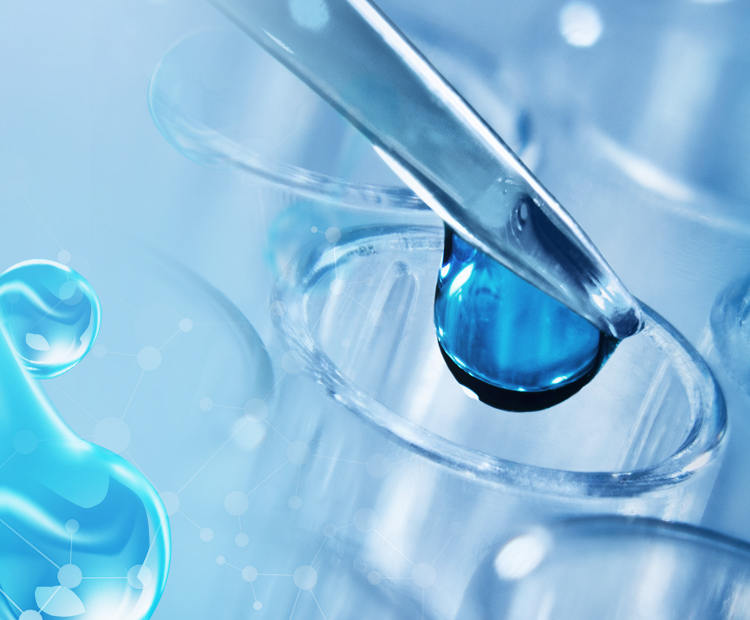

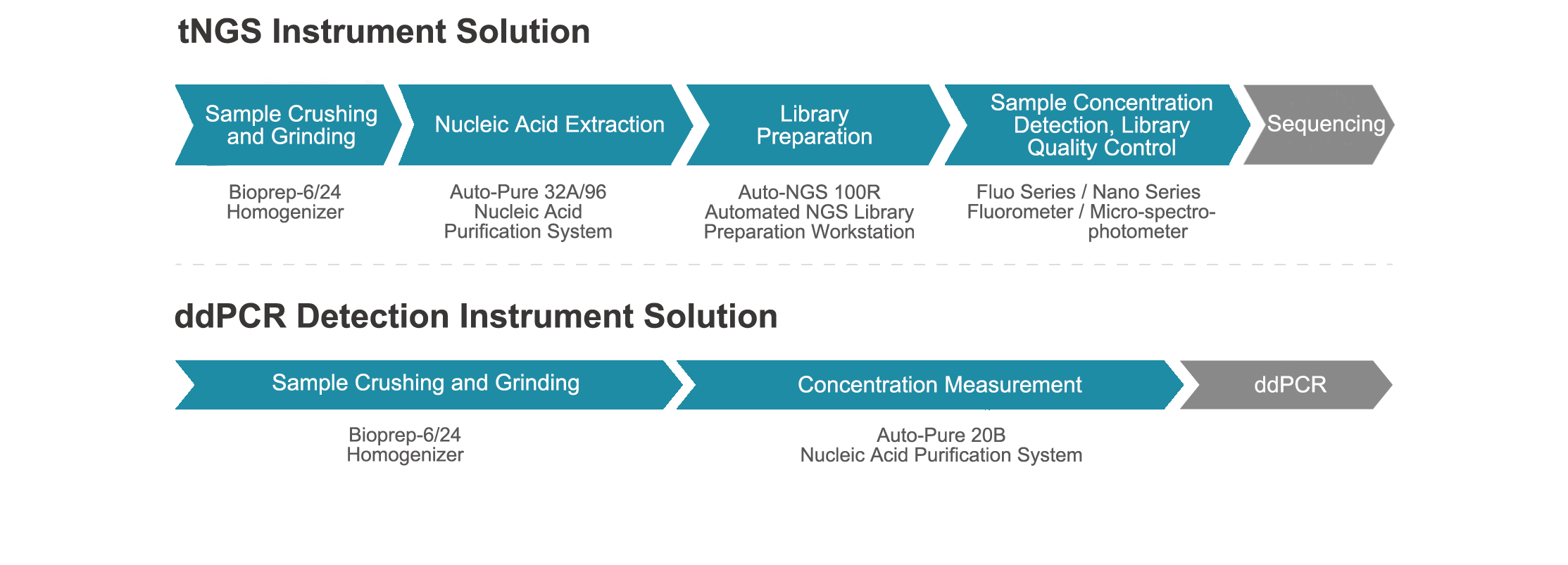
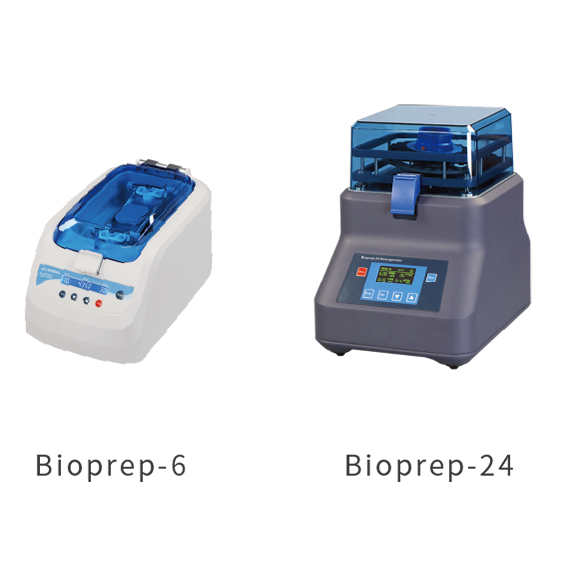

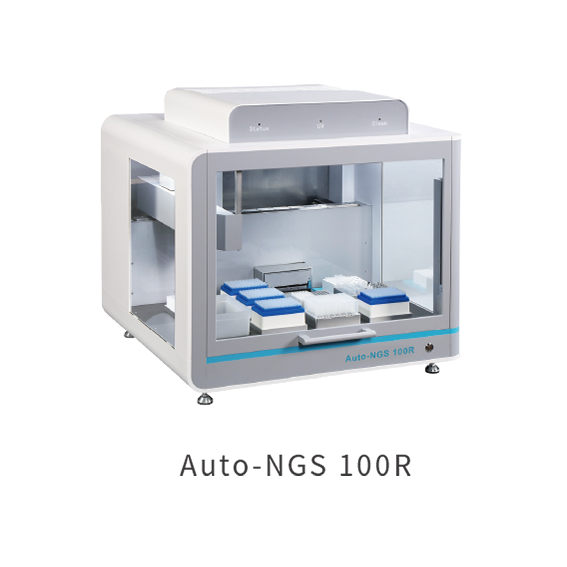
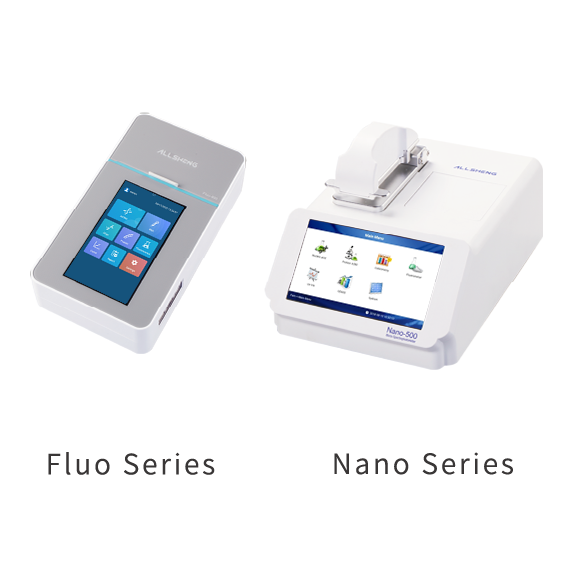









 + 86 571-88859758
+ 86 571-88859758 sales@allsheng.com
sales@allsheng.com



